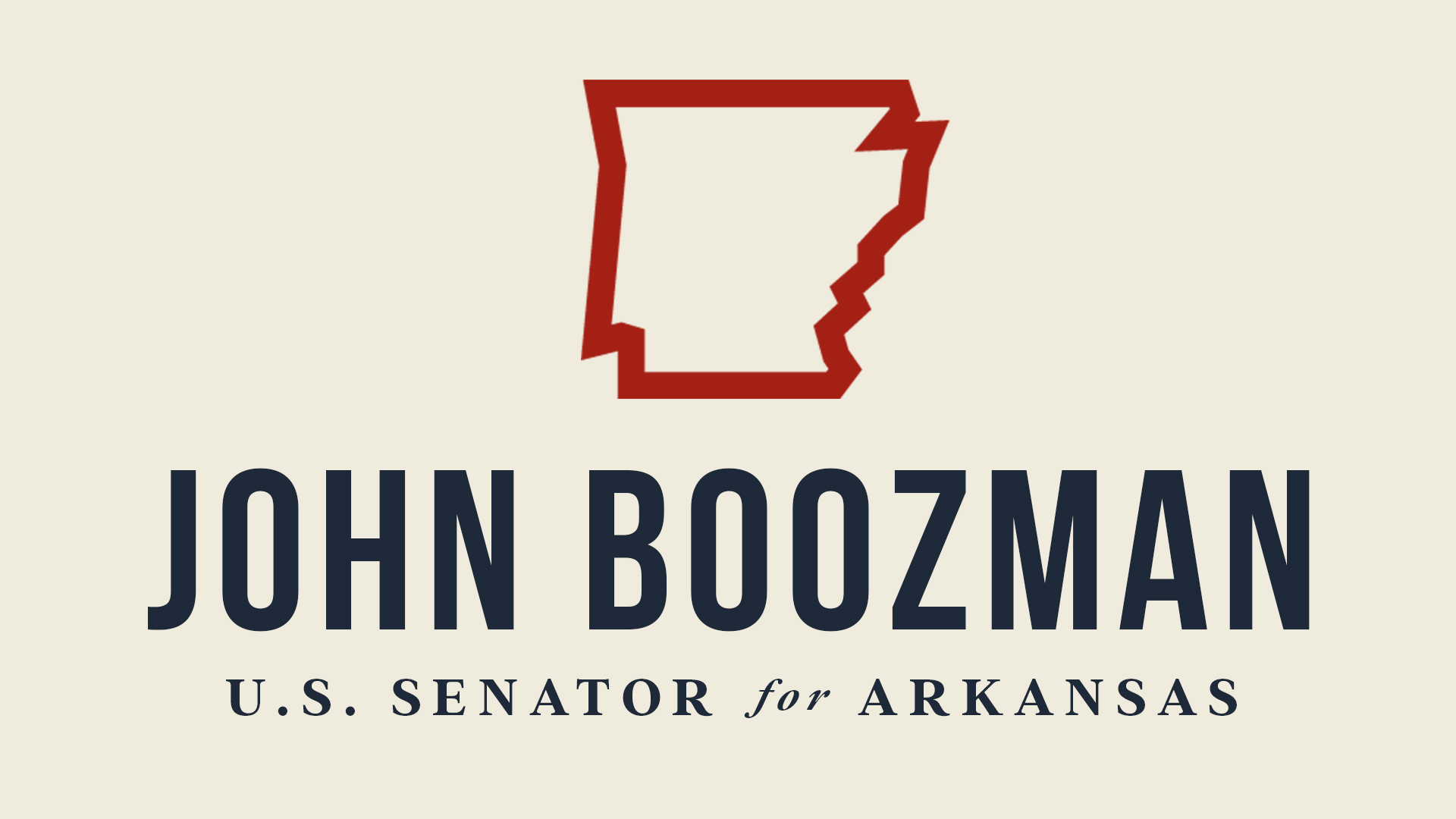Source: United States Senator for Arkansas – John Boozman
WASHINGTON – As police officers from Arkansas and across the country gather in the nation’s capital for National Police Week to honor those who lost their lives in the line of duty, U.S. Senators John Boozman (R-AR) and Tom Cotton (R-AR) are honoring the men and women who wear the badge with the introduction of the Back the Blue Act.
This legislation, spearheaded by U.S. Senator John Cornyn (R-TX), would increase penalties for criminals who target law enforcement officers and provide new tools for officers to protect themselves.
“Law enforcement officers put on their uniform knowing the risks that come with the public duty to serve and protect. Criminals who target those who wear the badge and patrol our streets must be held accountable for their heinous actions. As we commemorate National Police Week, this legislation serves as a reminder that we stand with the men and women in blue,” Boozman said.
“Law enforcement officers defend the rule of law and protect their fellow citizens. An attack on an officer is an attack on our democracy. Criminals who try to assassinate police must be prosecuted to the full extent of the law, and they deserve nothing less than life in prison or the death penalty,” Cotton said.
In addition to Boozman, Cotton and Cornyn, the legislation is cosponsored by Senate Republican Leader Mitch McConnell (R-KY) and Senators Ted Cruz (R-TX), Thom Tillis (R-NC), Rick Scott (R-FL), Jerry Moran (R-KS), Mike Braun (R-IN), Kevin Cramer (R-ND), Marsha Blackburn (R-TN), Deb Fischer (R-NE), Shelley Moore Capito (R-WV), Katie Britt (R-AL), Mike Crapo (R-ID), Marco Rubio (R-FL), Jim Risch (R-ID), Pete Ricketts (R-NE), Steve Daines (R-MT), John Barrasso (R-WY), James Lankford (R-OK), Cindy Hyde-Smith (R-MS), John Kennedy (R-LA), John Thune (R-SD), John Hoeven (R-ND), Ted Budd (R-NC), Josh Hawley (R-MO), Tim Scott (R-SC) and Bill Hagerty (R-TN).
The Back the Blue Act:
Strengthens Laws to Protect Police Officers
- Creates a new federal crime for killing, attempting to kill, or conspiring to kill a federal judge, federal law enforcement officer, or federally-funded public safety officer. The offender would be subject to the death penalty and a mandatory minimum sentence of 30 years if death results; the offender would otherwise face a minimum sentence of 10 years.
- Creates a new federal crime for assaulting a federally-funded law enforcement officer with escalating penalties, including mandatory minimums, based on the extent of any injury and the use of a dangerous weapon. However, no prosecution can be commenced absent certification by the Attorney General that prosecution is appropriate.
- Creates a new federal crime for interstate flight from justice to avoid prosecution for killing, attempting to kill, or conspiring to kill a federal judge, federal law enforcement officer, or federally-funded public safety officer. The offender would be subject to a mandatory minimum sentence of 10 years for this offense.
Creates a Specific Aggravating Factor for Federal Death Penalty Prosecutions
- Clarifies that the murder or attempted murder of a law enforcement officer or first responder is a statutory aggravating factor for purposes of the federal death penalty.
Limits Federal Habeas Relief for Murders of Law Enforcement Officers
- Imposes time limits and substantive limits on federal courts’ review of challenges to state-court convictions for crimes involving the murder of a public safety officer, when the public safety officer was engaged in the performance of official duties or on account of the performance of official duties. These changes are consistent with the fast-track procedures created in 1996, which are applied to federal death penalty cases.
Expands Self-Defense and Second Amendment Rights for Law Enforcement Officers
- Allows law enforcement officers, subject to limited regulation, to carry firearms into federal facilities and other jurisdictions where such possession is otherwise prohibited.
This legislation is endorsed by the Fraternal Order of Police, National Association of Police Organizations, Federal Law Enforcement Officers Association and the New York Police Department Sergeants Benevolent Association.
